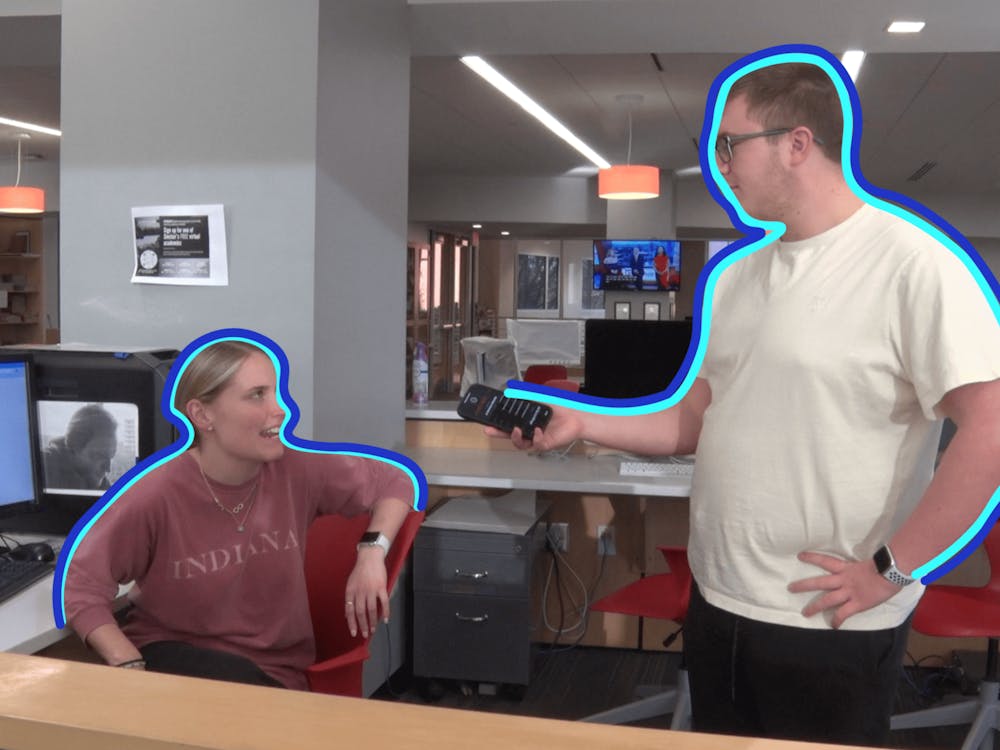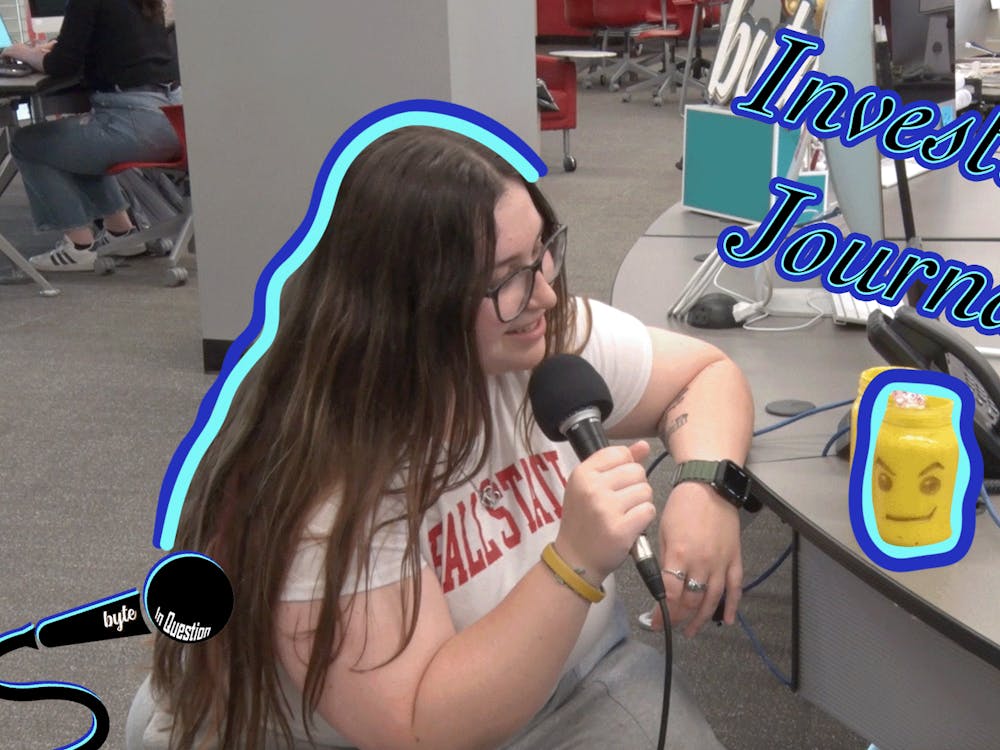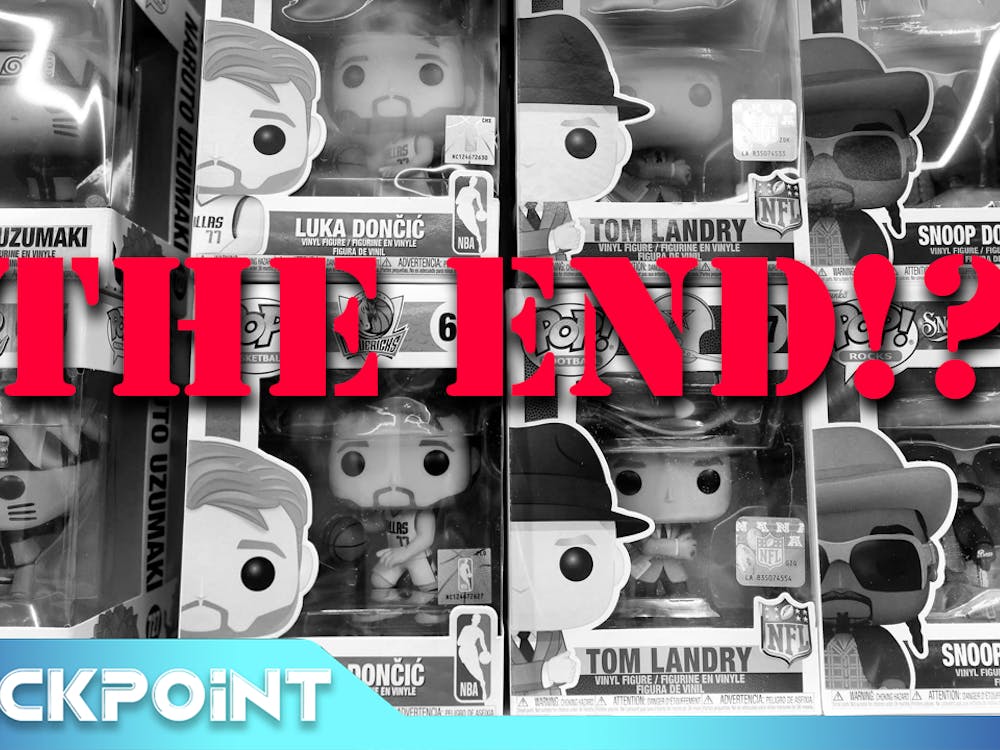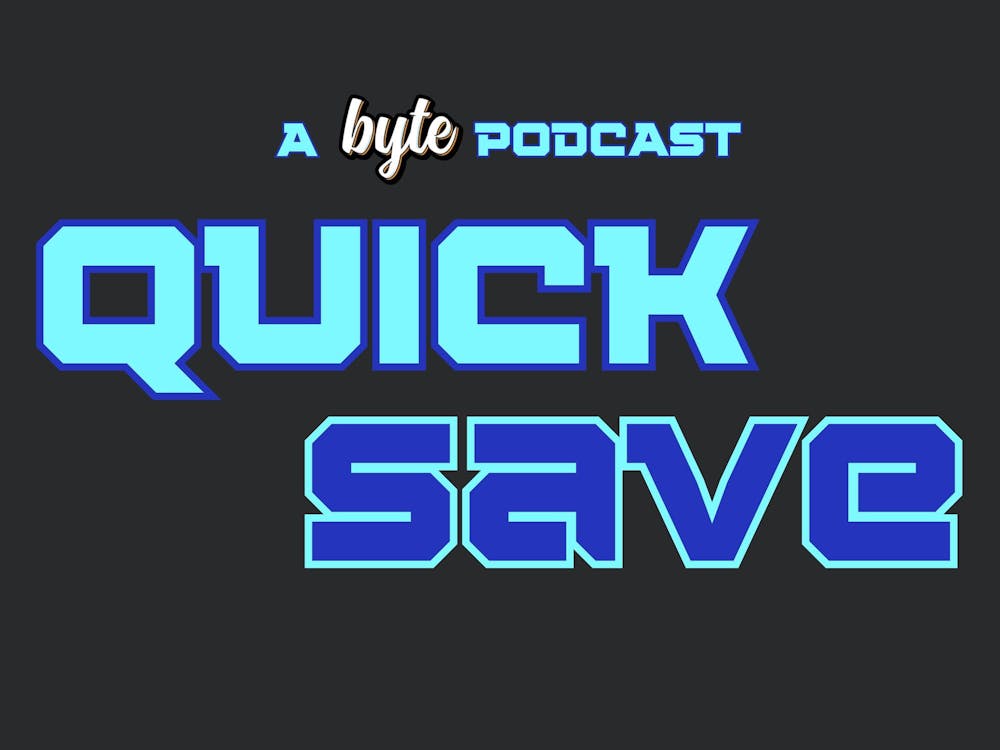At the time of its original release, IT (1990) became one of the most famous adaptations of a Stephen King literary property. Though the two-part television mini-series may not have had the positive critical reception like Carrie, Stand by Me or Misery, it was memorable for a different reason. The portrayal of the titular villain, Pennywise the clown by Tim Curry, was not terrifying, but the hilarity that he weaved into every mannerism and piece of dialogue made it one of his most famous performances. The dreadful writing, subpar special effects and awful acting by the rest of the cast kept the potential of this supernatural horror trapped in the 20th century.
However, the insane laugh of Pennywise would be finally revived in the 2017 remake. The difference with IT (2017) was the noticeable change in style and tone that made the entire experience more adult and psychologically terrifying. The Andy Muschietti film delivered on this mission statement in almost every way. The impressive casting of the losers’ club, frighteningly good practical effects and impeccable writing crafted a story worthy of its box office records. What nobody expected was the reveal of a sequel that would conclude the saga, expunge the scourge of Pennywise and finally bring peace to Derry.
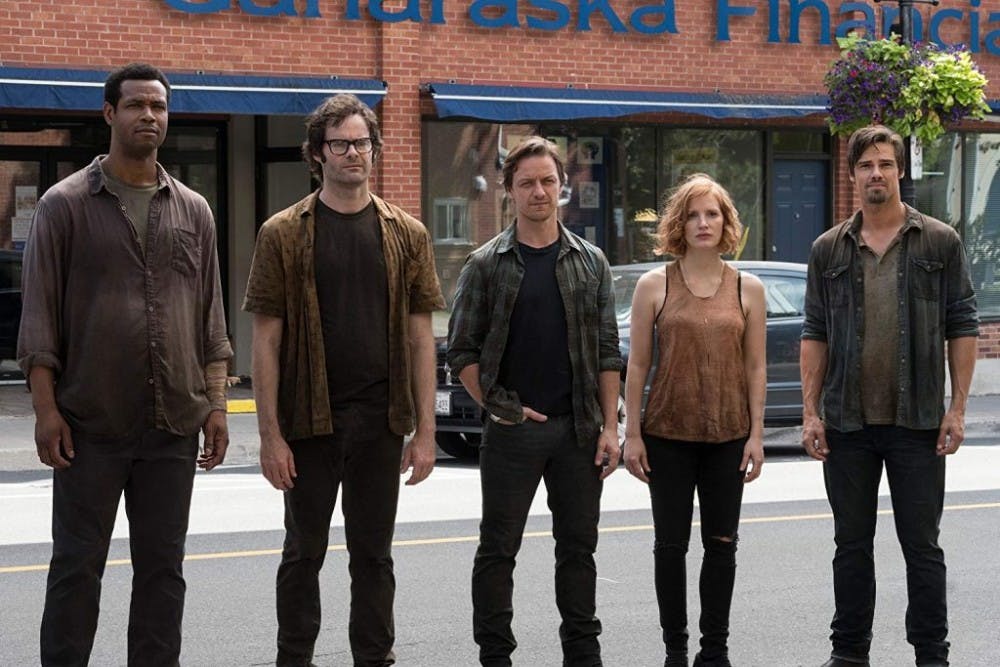
Image from IMDb
Most disappointingly, IT Chapter 2 breaks down the incredible world built by New Line Cinema only two years ago in the slowest and most excruciating way possible. The lackluster pacing issues and over-reliance on cliche tropes, like flashbacks, inflate the runtime to abominable levels. Almost every example of practical effects has been replaced by silly and lazy cgi animation. Finally, besides maybe one or two cast members performing at their full potential, the rest of the adult actors give off a goofy portrayal that deserved to be cut from the final draft.
A story too big for clown shoes
IT (2017) stayed consistent and entertaining by accurately retelling the story of the classic novel while excluding unnecessary plot devices unfit for a major motion picture. Chapter 2 seemingly tosses those forgotten points back into the mix after their importance has already expired. The film starts off simply enough, opening in Derry 27 years later with a new victim of Pennywise found dead. This prompts Mike, the last remaining losers’ club member in Derry, to call the gang back together and bring an end to the devastation. Unfortunately, the rest of the crew has seemingly forgotten the events of that fateful summer for reasons never fully explained, and must rely on redundant flashback sequences for exposition. This happens to be the most dull yet prominent drama trope used in the movie, as it ends up extending the length of the film to an ungodly three hours. For what seems to be the entire middle section of the story, the audience is caught in a loop without time to develop the characters as adults. Besides the one or two scenes that add emotional weight like Richie’s or Beverly’s characters, the rest are formulaic and monotonous.

Image from IMDb
But that is not the only plot detail that destroys the narrative’s chance of being taken seriously. Once the crew remembers the extent of Derry’s supernatural occurrences through a series of disgusting hallucinations, Mike can only convince Bill to stay and hear his explanation of where “IT” came from. After journeying to a local Native American tribe, Mike discovered that “IT” was a cosmic entity that landed in Maine millions of years ago. Since prehistoric times, it has existed as a mimic on earth, taking the form of what the surrounding population fears the most. He also finds out that the only way to defeat “IT” is to trap its celestial deadlights in a carved wooden container for eternity.
Though this may sound absolutely ridiculous, this just so happens to be the actual plot of the 1986 novel, aside from the appearance of a cosmic turtle and the questionable parts of the ritual of chud. Instead of incorporating this macroverse concept in the first movie, Chapter 2 is tasked with aimlessly explaining it in the span of a few minutes. This means that Chapter 2 has to immediately backpedal and define concepts that are never reevaluated later on. Not only that, many other questions pertaining to the history of “IT” are never fully explained. For example, why did it take the form of a 1900’s dancing clown named Pennywise? Are the deadlights “IT” or does “IT” control/gain power through the deadlights? If this recurring peak in murders and disappearances happens once every 27 years, why has nobody else set out to solve the problem before now? Each of these questions might be answered in a 1,100-page novel, but it is impossible to find all the solutions in under three hours.
Effects better fit for a circus
IT (2017) was a haven for impressive practical effects from the monster creation to set design. The demons portrayed on screen were fantastic designs that set a precedent for horror films moving forward. Pennywise’s new makeup and costuming instilled fear in the hearts of millions, but the performance would not have been complete without the compelling amount of emphasis on lighting and sound. While there was some use of cgi animation to better visualize different creatures, it never became a fundamental component of the movie. In the case of Chapter 2 there is an over-reliance on cgi to craft even the most simple horrors that Pennywise could conjure up. Every attempt from the small fortune cookie monstrosities to a massive razor-toothed Paul Bunyan statue feels very artificial and ridiculous. Sadly, this also reduces the caliber of genuine scares in the movie and it must instead rely on cheap jump scares that lose their weight halfway through.
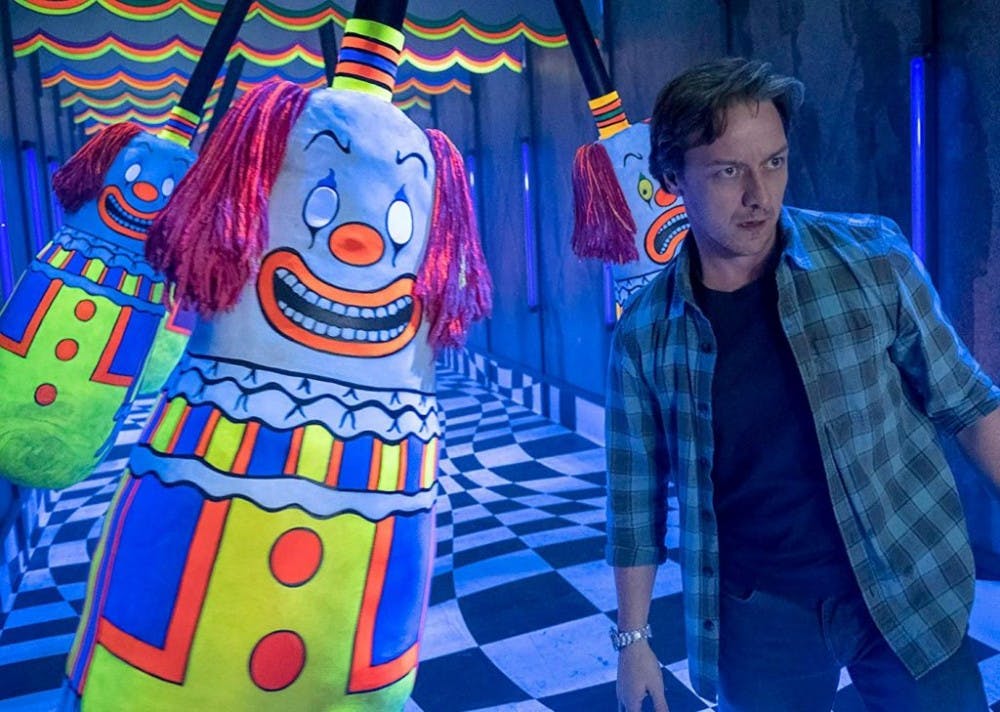
Image from IMDb
Beyond the unforgivable amounts of piteous animated effects sits a surprising amount of laughable lighting issues. While the transitions from childhood to adulthood are well-edited, it is the contrast in color that truly throws the audience off. The director seems to have a complicated relationship when it comes to deciding what filter to put over the lens. One moment the losers club is walking through a deserted downtown Derry in a cool blue light, next we are shot into a sunset scene with more yellow than a field of daffodils. This heavy amount of saturation also works its way into some of the hallucinations to try and replicate a comatose sensation, but it ultimately comes off as lackadaisical.
Big names bring little depth
One of the many standout factors that gave IT (2017) such success was the incredible range of actors they got to portray the losers’ club, as well as Pennywise. The delivery of dialogue between the child stars felt genuine, as if they had been real friends for much longer. Their performances also showed their maturity as entertainers while preserving the innocence their roles required. Not to mention the wonderful portrayal of Pennywise by Bill Skarsgård that brought ferocious terror, unlike Tim Curry’s absurd imitation. While Chapter 2 brings some bigger names to the franchise, they ultimately deliver less substance and flavor than their child counterparts.
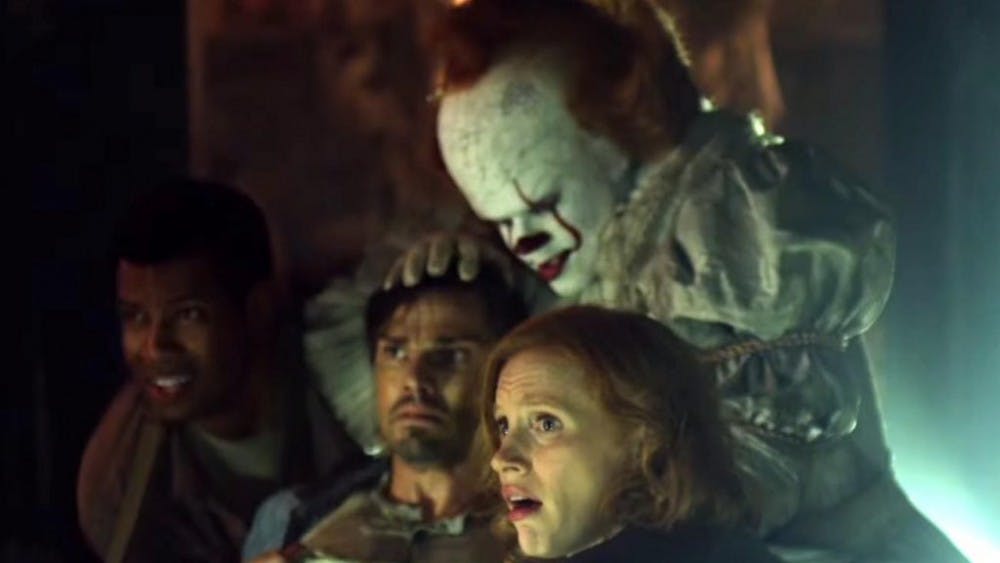
Image from IMDb
James McAvoy’s performance as Bill is either too dry or too forceful and he never ties any emotional weight to his character until very late into the third act. For most of the film, he acts with an artificial insanity that does not feel natural to the progression of Bill’s character. His internal struggle with facing the reality of his brother’s death after 27 years is a great character trait, but that attribute works against him for the majority of the movie. Isaiah Mustafa as Mike presents a similar conundrum. Mike had the least developed personality out of all the characters in the first installment. Since the role of protagonist shifts more in his favor for Chapter 2, we are left with a lead we fundamentally know little about. As a result, the entire character is flawed from the beginning of the movie and Mustafa does little to help the matter other than continue Mike’s dynamic of being a hermit.
There are some light spots, though. Jessica Chastain brings a necessary amount of respect and endearment to Beverly in adulthood. Also, Bill Hader actually happened to be one of the more enjoyable parts of the movie in his portrayal of adult Richie. Even though Skarsgård reprises the role of Pennywise, his knack for playing the creepy shapeshifter is not given enough space to shine, considering the shift in narrative. The rest of the cast performs decently but in the end come off as unmemorable or wooden. And in some cases, like that of older Henry Bowers, it is undeniably wacky for no apparent reason.
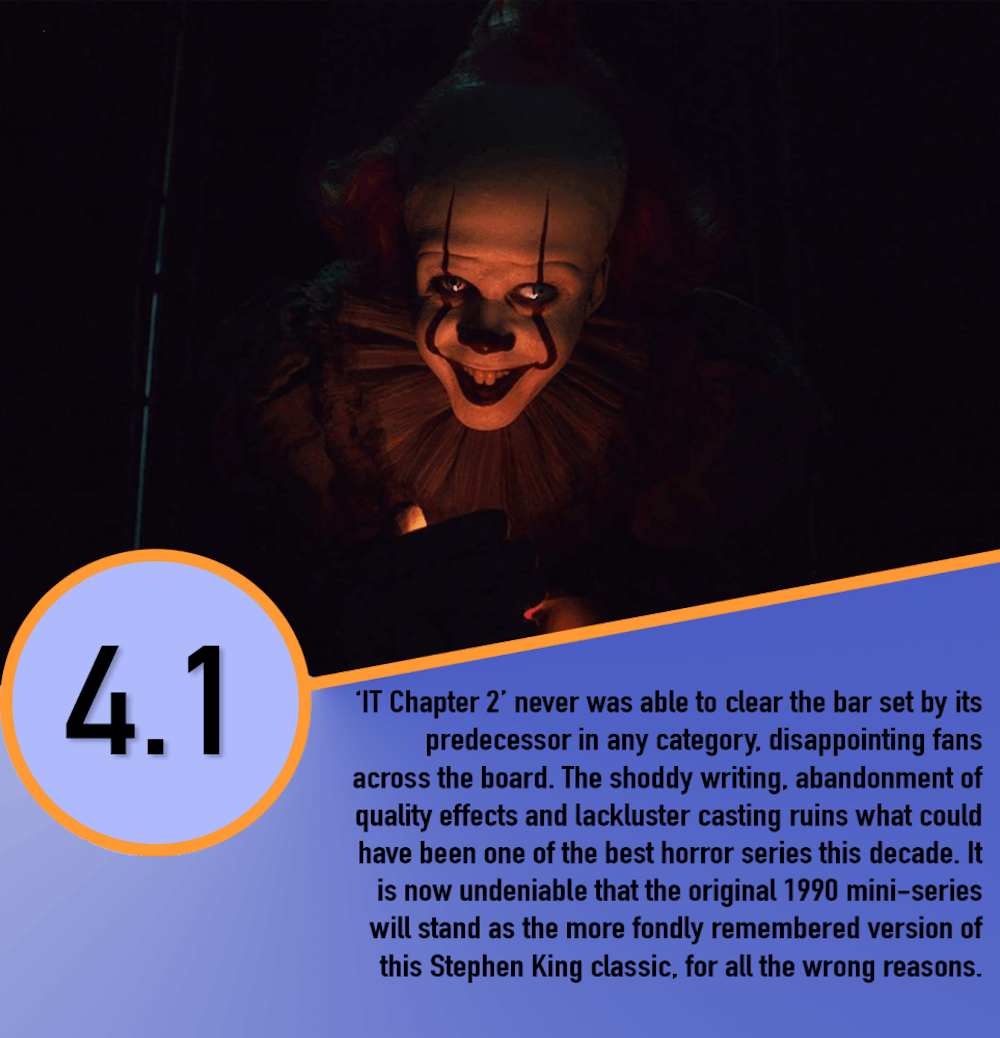
Images: IMDb
Featured Image: IMDb
For more entertainment related content, visit us at Byte BSU!




